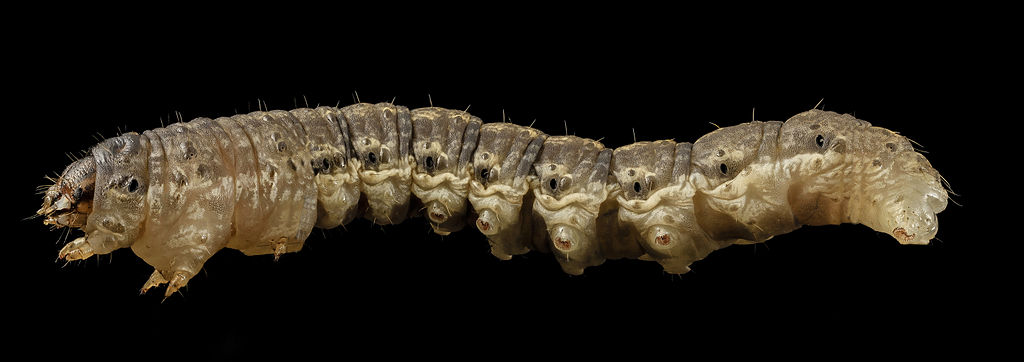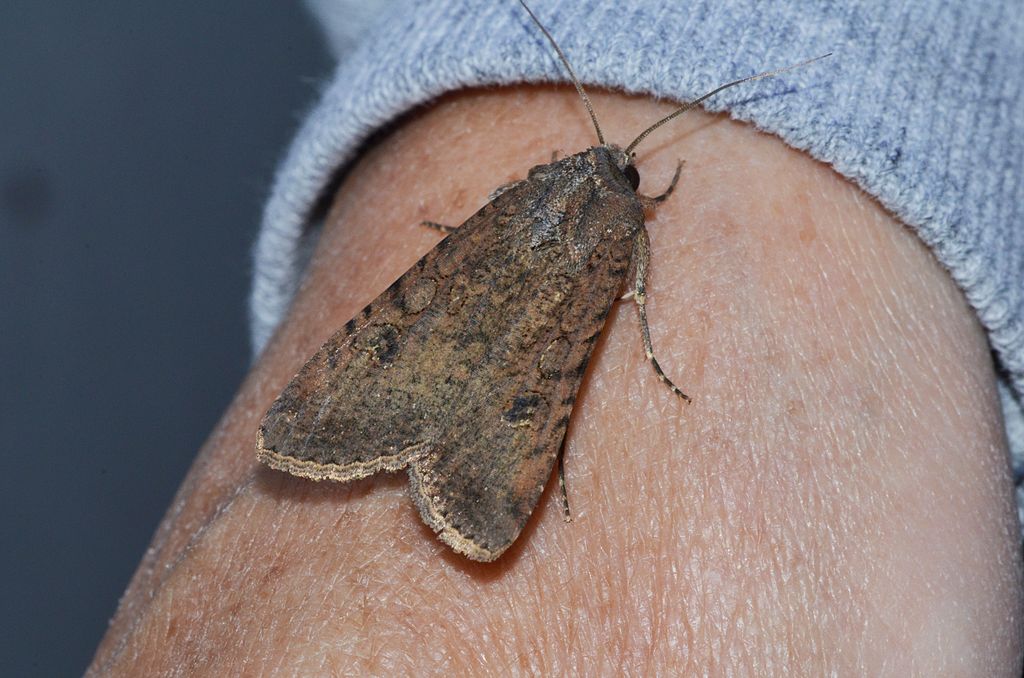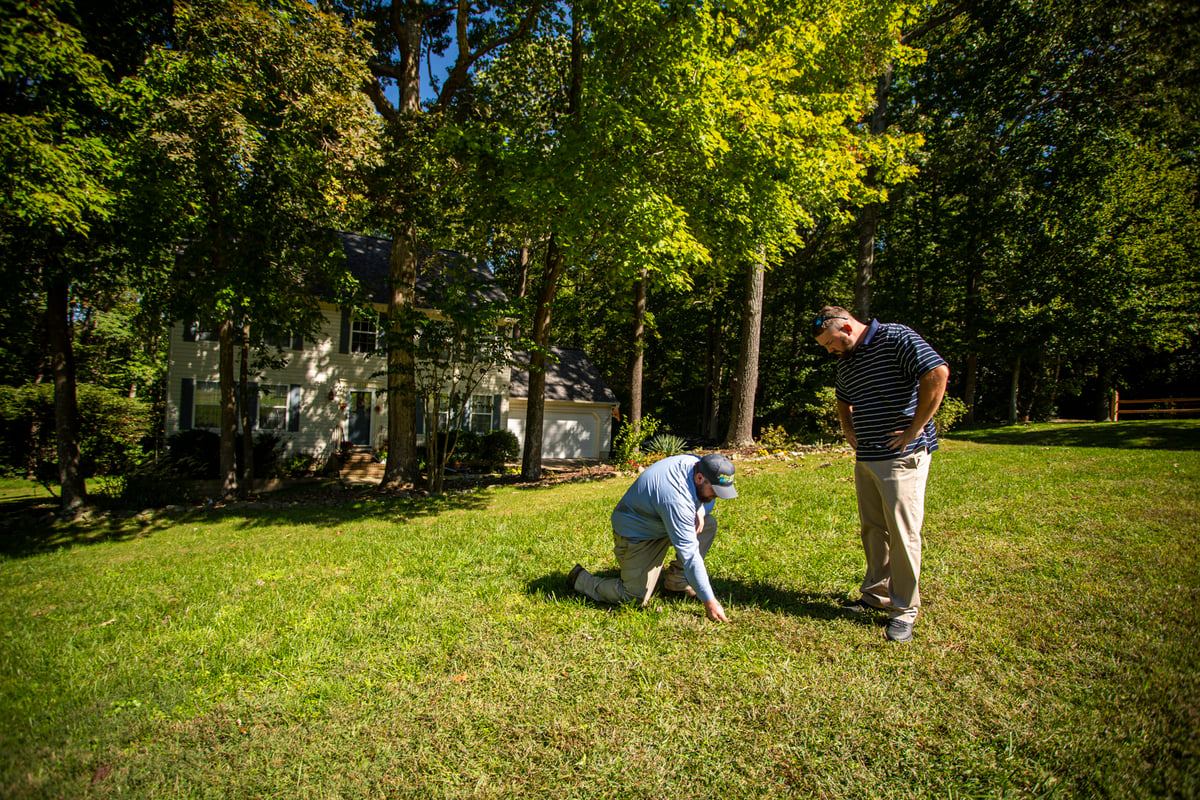How to Identify and Get Rid of Cutworms in Your Lawn
You want a grand, green lawn, and you don’t need any pests getting in your way.
But every once in a while, Central and Southern Maryland succumbs to a pretty nasty insect: cutworms in your lawn.
Once these pests invade your lawn, they can pretty easily destroy it, causing you to have to reseed or resod your lawn.
Let’s learn more about the hungry insects and how to get rid of cutworms, so you can be better prepared when they strike.
Understanding Cutworms in Your Lawn
When you sense that your lawn isn’t happy, and you suspect insects, looking for some common signs of their presence is a good first step.
Use This Tool to Compare Your Local Lawn Care Companies
And with cutworms or armyworms this is especially important. If you see them, you have to act fast to save your lawn.
Let’s look at how to identify cutworms in your lawn and the type of damage they can cause.
What Are Cutworms?
Cutworms and armyworms are the larvae of several species of moths.
 They are an occasional pest of Maryland. In southern states, they can be a regular occurrence and can even happen twice a year with two generations – one in April and May and another in July, August, and September. Every once in a while, the warming weather will cause the moths to migrate north to Maryland in spring when the cutworm moth adults will lay eggs on grass blade tips. Those eggs hatch into worms.
They are an occasional pest of Maryland. In southern states, they can be a regular occurrence and can even happen twice a year with two generations – one in April and May and another in July, August, and September. Every once in a while, the warming weather will cause the moths to migrate north to Maryland in spring when the cutworm moth adults will lay eggs on grass blade tips. Those eggs hatch into worms.
What Do Cutworms Look Like?
Cutworms in your lawn are a grayish-greenish color with a bit of black in them.
 The winged moth-like adults don’t damage your lawn, but the larvae do. Larvae are most actively feeding on your lawn during evening or nighttime hours.
The winged moth-like adults don’t damage your lawn, but the larvae do. Larvae are most actively feeding on your lawn during evening or nighttime hours.
What Do Cutworms Eat?
Cutworm larvae hang out in your lawn right by the base of the grass blades where they literally munch their way through your grass at the base.
 They chew off your grass blades at the soil line or below the blade’s crown, and this is the big problem. Once you take your grass blade’s crown off, the plant is dead, having no chance to recover.
They chew off your grass blades at the soil line or below the blade’s crown, and this is the big problem. Once you take your grass blade’s crown off, the plant is dead, having no chance to recover.
When you look for damage, you’re looking for grass blades that appear to be cut off at their bases, leading to dead spots.
How to Get Rid of Cutworms
Because feeding by cutworms in your lawn can be destructive, you have to pay attention. The second you notice these insects or the damage in your lawn from them, you must act fast to save your lawn.
Insecticides are the best method of control for these pests. Catch them right away and you can save your lawn. Let them go, and they can eat the whole thing.
Natural Green Systems finds its flea and tick control spray does a great job controlling cutworms.
A good way to prevent these pests is by making sure you have a healthy, happy, thriving lawn. Never mow lower than 3.5 inches high. Fertilize correctly and adequately. Aeration and overseeding in the fall can help reduce compaction and aid lawn growth, making it thick and strong. Cutworms particularly like thatch, and since aeration helps remove thatch, this can keep cutworms at bay.
Kick Cutworms to the Curb
While you’re planning your outdoor fun and summer barbecues, you don’t want a brown and pest-infested lawn to ruin your season.
If you are looking around your grass and have a feeling that cutworms in your lawn may be causing the damage you’re seeing, trust your gut. Not sure where to start? Give Natural Green a call. We can inspect your lawn, show you what the damage looks like and where the cutworms are, and suggest control solutions.
Stop cutworms in their tracks. Request a free quote today. We’ll review your options together so you can make the best choice for you. Then you can sit back and enjoy your lawn.
Image Source: cutworm moth, cutworm
You want a grand, green lawn, and you don’t need any pests getting in your way.
But every once in a while, Central and Southern Maryland succumbs to a pretty nasty insect: cutworms in your lawn.
Once these pests invade your lawn, they can pretty easily destroy it, causing you to have to reseed or resod your lawn.
Let’s learn more about the hungry insects and how to get rid of cutworms, so you can be better prepared when they strike.
Understanding Cutworms in Your Lawn
When you sense that your lawn isn’t happy, and you suspect insects, looking for some common signs of their presence is a good first step.
Use This Tool to Compare Your Local Lawn Care Companies
And with cutworms or armyworms this is especially important. If you see them, you have to act fast to save your lawn.
Let’s look at how to identify cutworms in your lawn and the type of damage they can cause.
What Are Cutworms?
Cutworms and armyworms are the larvae of several species of moths.
 They are an occasional pest of Maryland. In southern states, they can be a regular occurrence and can even happen twice a year with two generations – one in April and May and another in July, August, and September. Every once in a while, the warming weather will cause the moths to migrate north to Maryland in spring when the cutworm moth adults will lay eggs on grass blade tips. Those eggs hatch into worms.
They are an occasional pest of Maryland. In southern states, they can be a regular occurrence and can even happen twice a year with two generations – one in April and May and another in July, August, and September. Every once in a while, the warming weather will cause the moths to migrate north to Maryland in spring when the cutworm moth adults will lay eggs on grass blade tips. Those eggs hatch into worms.
What Do Cutworms Look Like?
Cutworms in your lawn are a grayish-greenish color with a bit of black in them.
 The winged moth-like adults don’t damage your lawn, but the larvae do. Larvae are most actively feeding on your lawn during evening or nighttime hours.
The winged moth-like adults don’t damage your lawn, but the larvae do. Larvae are most actively feeding on your lawn during evening or nighttime hours.
What Do Cutworms Eat?
Cutworm larvae hang out in your lawn right by the base of the grass blades where they literally munch their way through your grass at the base.
 They chew off your grass blades at the soil line or below the blade’s crown, and this is the big problem. Once you take your grass blade’s crown off, the plant is dead, having no chance to recover.
They chew off your grass blades at the soil line or below the blade’s crown, and this is the big problem. Once you take your grass blade’s crown off, the plant is dead, having no chance to recover.
When you look for damage, you’re looking for grass blades that appear to be cut off at their bases, leading to dead spots.
How to Get Rid of Cutworms
Because feeding by cutworms in your lawn can be destructive, you have to pay attention. The second you notice these insects or the damage in your lawn from them, you must act fast to save your lawn.
Insecticides are the best method of control for these pests. Catch them right away and you can save your lawn. Let them go, and they can eat the whole thing.
Natural Green Systems finds its flea and tick control spray does a great job controlling cutworms.
A good way to prevent these pests is by making sure you have a healthy, happy, thriving lawn. Never mow lower than 3.5 inches high. Fertilize correctly and adequately. Aeration and overseeding in the fall can help reduce compaction and aid lawn growth, making it thick and strong. Cutworms particularly like thatch, and since aeration helps remove thatch, this can keep cutworms at bay.
Kick Cutworms to the Curb
While you’re planning your outdoor fun and summer barbecues, you don’t want a brown and pest-infested lawn to ruin your season.
If you are looking around your grass and have a feeling that cutworms in your lawn may be causing the damage you’re seeing, trust your gut. Not sure where to start? Give Natural Green a call. We can inspect your lawn, show you what the damage looks like and where the cutworms are, and suggest control solutions.
Stop cutworms in their tracks. Request a free quote today. We’ll review your options together so you can make the best choice for you. Then you can sit back and enjoy your lawn.
Image Source: cutworm moth, cutworm
Share This
Topics: Lawn Care


